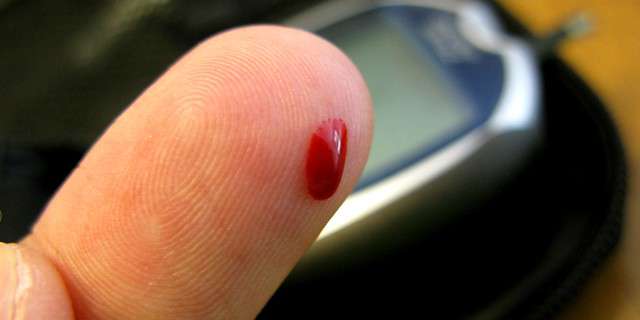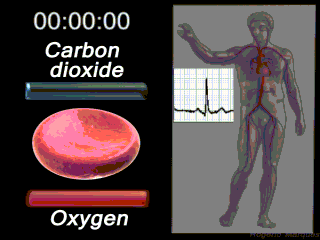
Biomedical optics offer non-invasive alternatives to many healthcare procedures through the use of spectrophotometric technology. Image Source: Flickr user frankieleon
Biomedical optics very well may be the future of our health care industry. Whether you are an athlete, patient, or parent of an infant, biomedical optics will most likely play a significant role in your health care or that of someone you love in the near future. Biomedical optics utilize NIR (near-infrared) spectroscopy in a number of ways and provides a safe, non-invasive, and non-destructive method of analysis for a variety of medical needs.



